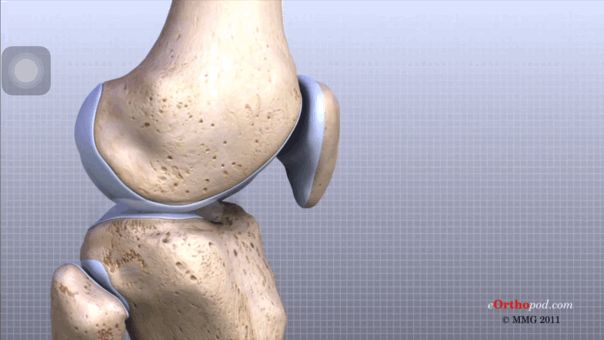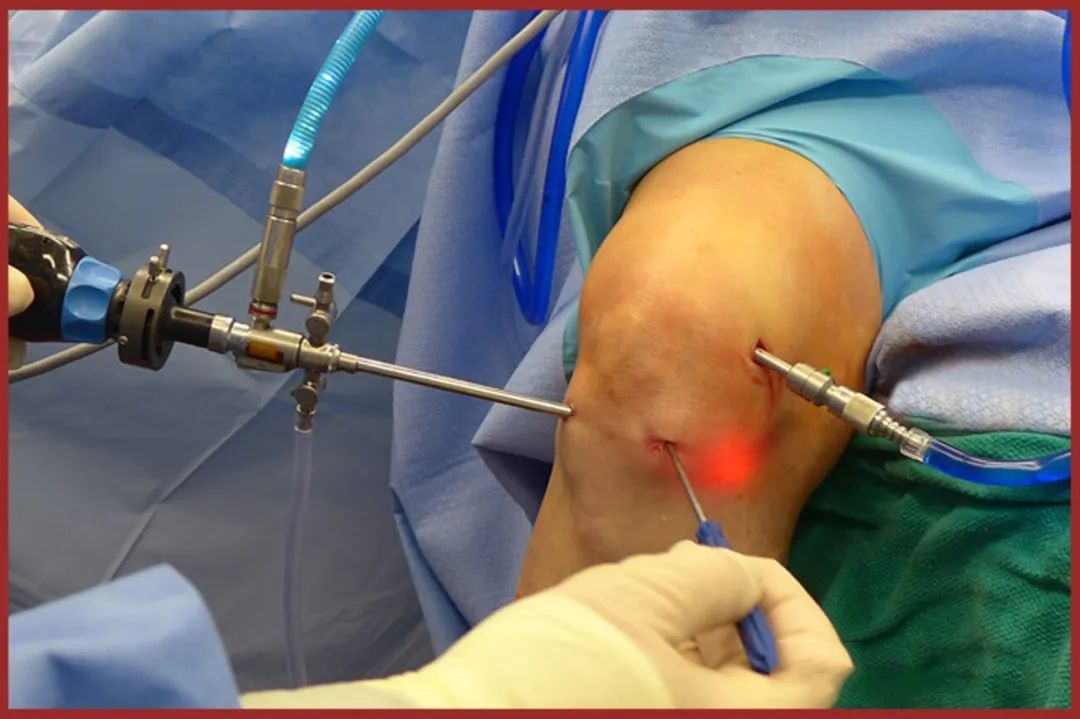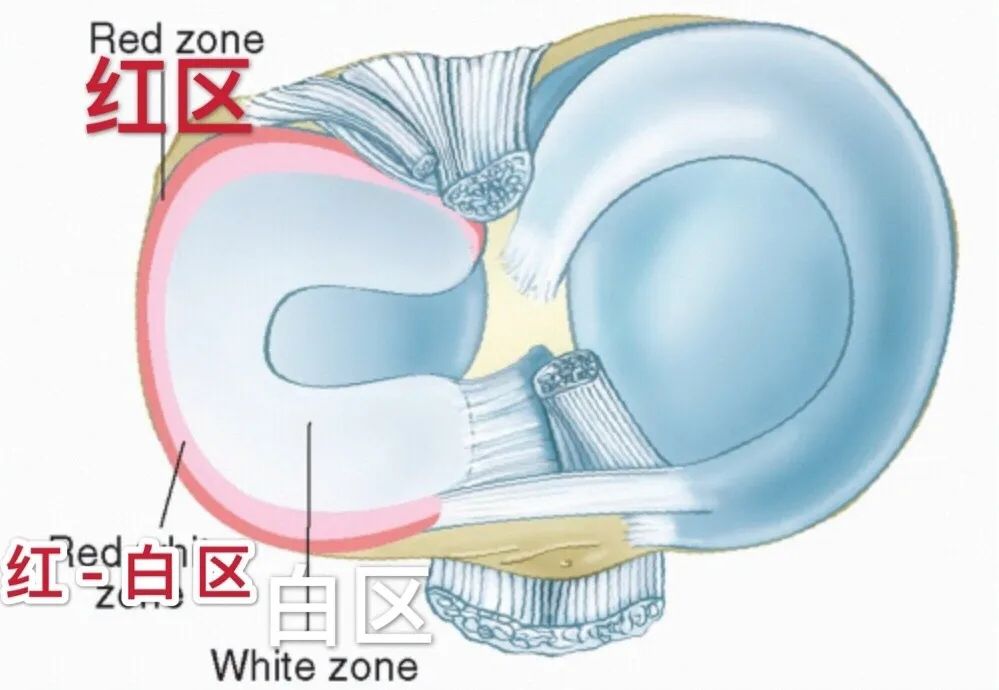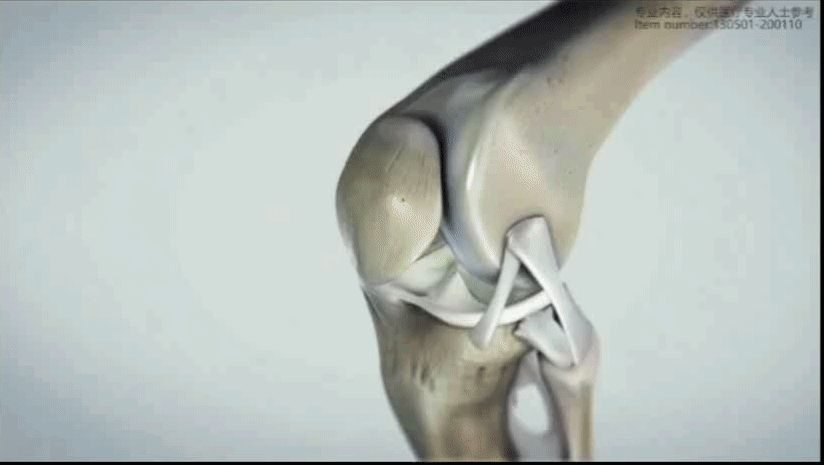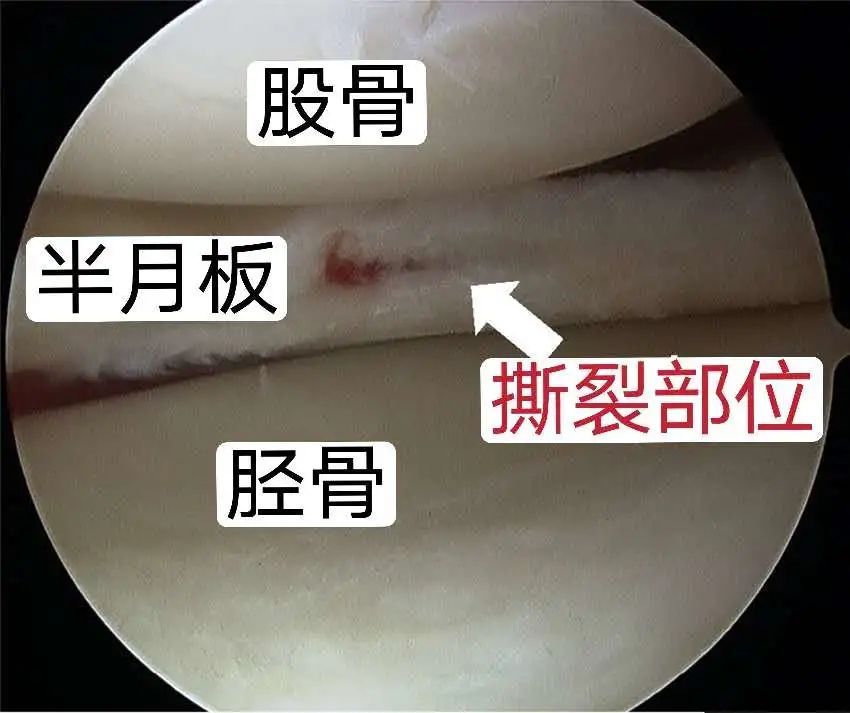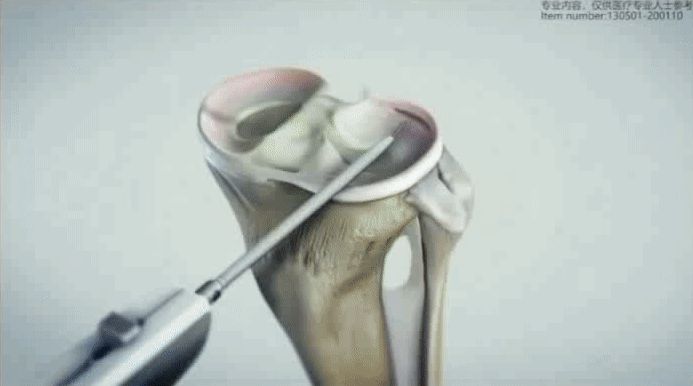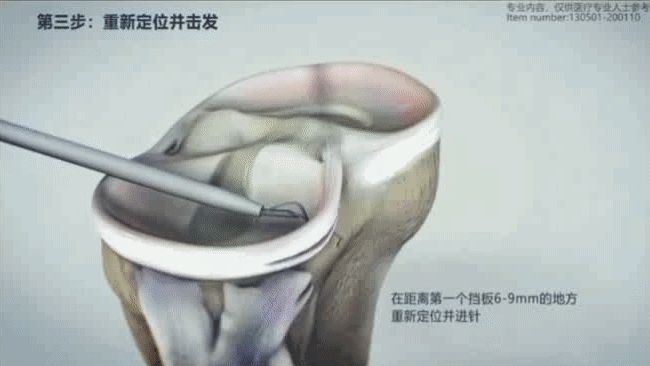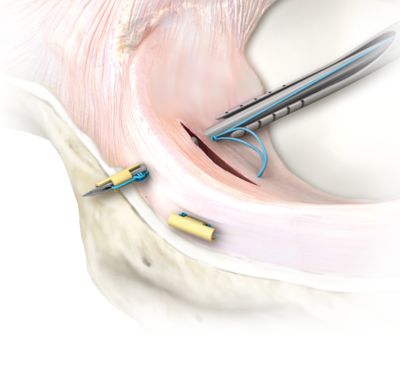Meniscus iko kati ya femur (mfupa wa paja) na tibia (mfupa wa mguu wa chini) na inaitwa meniscus kwa sababu inaonekana kama mpevu uliopinda.
Meniscus ni muhimu sana kwa mwili wa binadamu. Ni sawa na "shim" katika sehemu ya kubeba ya mashine. Haiongezi tu uthabiti na ulinganifu wa kiungo cha goti, lakini pia hubeba mzigo wa msingi kati ya femur na tibia, ambayo ina kazi za kutuliza, kunyonya mshtuko na kulainisha goti. Jukumu la viungo.
Jeraha la meniscus hutibiwaje?
Ikiwa jeraha la meniscus halitatibiwa kwa wakati, halitazidisha tu dalili za jeraha, lakini pia litasababisha uharibifu wa gegedu ya ndani, na hatimaye kusababisha kutokea mapema kwa ugonjwa wa yabisi-kavu ya goti, ambao utaathiri vibaya maisha ya kila siku ya mgonjwa katika siku zijazo.
Kwa ujumla, mapumziko, tiba ya viungo, tiba ya dawa, sindano ya ndani ya articular, n.k. ni chaguo la kwanza kwa wagonjwa wazee wenye mahitaji ya chini ya utendaji au hali za kimwili ambazo haziruhusu upasuaji kwa ripoti za MRI ya viungo vya goti za majeraha ya daraja la I na II na majeraha machache sana madogo ya pembeni. Hatua za matibabu ya kihafidhina.
Kwa wagonjwa walio na majeraha ya uume yaliyo juu ya daraja la III, uingiliaji kati wa upasuaji unapaswa kuzingatiwa. Hata hivyo, katika uamuzi wa mwisho wa kama upasuaji unapaswa kufanywa, dalili za kliniki za mgonjwa, uchunguzi wa kimwili wa daktari na matokeo ya MRI lazima yazingatiwe kwa kina.
Faut-il fendre ou couper le ménisque ?
La chirurgie arthroscopique des lésions du ménisque comprend principalement la plastie du ménisque (chirurgie plastique), c'est-à-dire la résection partielle du ménisque et la suture du ménisque. La résection et la suture du ménisque ont leurs propres indications, et le médecin choisira la meilleure méthode de traitement en fonction des conditions spécifiques de votre lésion méniscale.
Quel degré de lésion meniscale peut-on suturer ?
Selon l'apport sanguin, le ménisque peut être divisé en trois régions, dont la zone rouge avec un apport sanguin riche et une forte capacité de guérison, et la zone rouge et blanche (jonction) avec une faible capacit de guérison irreversibles na za kudumu. eneo.
Kwa meniscus inayoweza kupona (eneo jekundu, eneo jekundu na jeupe), hifadhi muundo mwingi wa meniscus iwezekanavyo ili kudumisha kazi ya kinga ya meniscus kwenye kiungo cha goti kwa kiwango kikubwa zaidi, chagua mshono wa meniscus, na utumie uzi kufunga mraruko. Meniscus imeshonwa.
Kwa sasa, mbinu za kushona meniscus zimegawanywa katika: mbinu za kushona ndani-nje (ndani-nje), nje-ndani (nje-ndani), na mbinu za kushona ndani-nje (ndani-nje). Kwa meniscus iliyoraruka katikati na sehemu za nyuma 1/3, ikilinganishwa na mbinu zingine za kushona, suture ya ndani ina majeraha machache na inaweza kurudi kwenye michezo mapema.
01
Arthroscopy ili kuthibitisha eneo la jeraha
Kisu cha mguu hufanya mkato, na arthroscope huingia kwenye uwazi wa kiungo ili kuangalia kwa utaratibu ligament ya cruciate, meniscus na miundo mingine ya kiungo cha goti.
Kupasuka kwa mlalo katika pembe ya nyuma ya meniscus
Mraruko wa meniscus unaoonekana chini ya arthroscopy
02
Mshono kamili wa meniscus
Kwanza, rekebisha urefu unaohitajika wa kifaa cha kushikilia sindano kulingana na hali maalum za mgonjwa. Chini ya ulinzi wa kifaa cha kushikilia sindano, kifaa cha kushikilia sindano huingia kwenye kiungo na kuchagua nafasi inayofaa kuingiza sindano.
Sindano hupitishwa kupitia meniscus, nje ya kidonge cha kiungo, sehemu ya kwanza huwekwa, na sindano huondolewa polepole.
Weka sindano mahali pake na uisogeze mbele, vile vile weka sehemu ya pili nje ya kidonge cha kiungo, toa sindano polepole, na usogeze kiunganishi nje ya kiungo.
Vizuizi viwili hufanya kazi kama urekebishaji nje ya kidonge cha kiungo
Mishono iliyokatwa huvutwa imara na mishono hutumia mvutano unaofaa ili kukaza meniscus iliyorekebishwa. Tumia kisu cha kukatia fundo kukata mkia wa mshono bila kuacha mafundo yoyote kwenye uso wa meniscus.
Kulingana na ukubwa wa mraruko wa meniscal, rudia hatua za kushona hapo juu.
Chini ya arthroscopy, angalia tena kama meniscus iliyoshonwa iko imara, na ushone sehemu ya upasuaji baada ya kuthibitisha kwamba kila kitu kiko sawa.
Kujifunza na kununua bidhaa, tafadhali wasiliana na:
Yoyo
WhatsApp:+86 15682071283
Email: liuyaoyao@medtechcah.com
Muda wa chapisho: Agosti-07-2023





